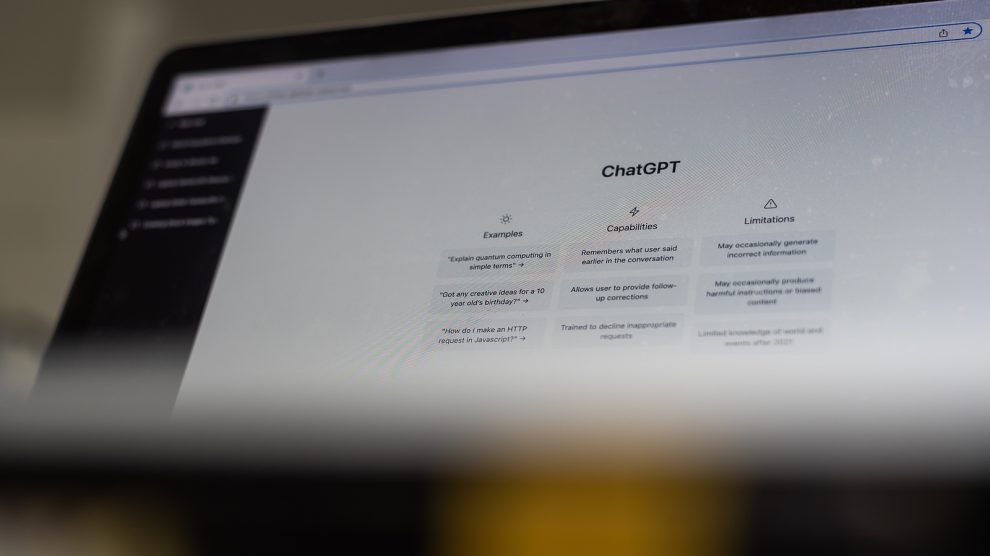AI has great potential to improve the workforce shortage problem in some emerging European countries with the most significant workforce shortages, such as Slovenia and Estonia.
To many professionals, AI has become something of a personal assistant—helping to draft emails, create meeting summaries, or perform calculations. What we may not realise is how much of our time we already spend using AI tools.
- How to design a future-proof education system for the emerging Europe region?
- Creating ecosystems in which emerging Europe’s businesses can thrive
- How CEE can use disruptive technology for people and businesses, not against them
Our team at DeskTime wanted to look into the disruptive power of AI across emerging Europe. Everyone’s talking about it, but is it really affecting the workday of the average office employee in our region?
Our study looked into the AI-enabled app usage of full-time employees in Central and Eastern Europe. We took a list of 5,000 AI apps and cross-referenced it with the app usage of our users across 2023.
And the data findings were pretty astonishing.
Not only did Central and Eastern Europeans use AI at work; they spent an average of 148 hours per person on AI tools over the course of the year.
If one workday is eight hours, 148 hours’ worth of AI-enabled app use is the equivalent of 18.5 workdays, which is almost a month of full-time work. That’s a stunning amount of time, considering that AI’s trailblazing app, ChatGPT, was only widely adopted in 2023.
ChatGPT leads the AI-enabled app parade
ChatGPT appeared in late 2022, and by January 2023, it had become the fastest-growing consumer software application in history, gaining over 100 million users within five days of its launch.
One year later, DeskTime’s data shows that ChatGPT is the absolute leader among AI tools used in the emerging Europe region. Our users who are based in the region spent on average 58 hours or 7.25 workdays using ChatGPT last year.
The other top AI-enabled apps used in emerging Europe in 2023 were Github (35 hours), Canva (30 hours), DeepL (14 hours) and Bing (seven hours). However, for the most part, these apps are not 100 per cent AI—they are mostly existing apps with added AI features. If only true AI-based apps are considered, copymatic.ai would take second spot and replit.com third in the emerging Europe region.
The study also found that ChatGPT is the most used AI app worldwide, taking first place in every region (except for the US, where the most used AI-enabled app was Canva, with ChatGPT coming in at a close second).
Indians meanwhile are the most active AI app users, with an average of 241 hours (30 workdays) spent per person using AI apps in 2023, with Americans the least-active with an average amount of 93 hours (11.5 days) per person over the course of the year.
How AI will change the way we work in 2024
The past year was a wild ride for generative AI, with several models gaining immense popularity and countless AI startups mushrooming, building everything from automatic investment tools to manufacturing robots. Many applications have attached AI functionality to a few of their features just to be accepted in the cool crowd of ‘AI tools’.
For now, many people benefit from the use of generative AI. Tools like ChatGPT make it easy to answer analytical questions, draft emails, and create other content. But as AI’s capabilities grow, should we be worried about AI tools substituting jobs or even whole professions?
Experts agree that while AI advances can indeed lead to job displacement in some areas, they also have the potential to create new job opportunities and enhance productivity. In other words, many jobs could be “complemented by, rather than lost, to AI”.
It’s also safe to say that AI has great potential to improve the workforce shortage problem in some emerging European countries with the most significant workforce shortages, like Slovenia and Estonia.
For start-ups and scale-ups in these countries, the rise of AI may actually be a relief and a long-awaited boost in business growth.
For example, in 2022, 58 per cent of European countries ranked their shortage of software developers as ‘severe’. Software development is a line of work that can directly be optimised with the help of AI tools—a company’s development team can work more effectively using the human resources they already have, for example.
Similarly, AI could enhance the productivity of marketing specialists, content writers, and other professionals, thus reducing the need to hire more employees.
Will the use of AI double in 2024?
So, what’s next for the sweeping parade of AI into our workdays and daily lives? Experts say that content generation will increasingly leverage large language models (LLMs), and as much as 75 per cent of content will be based on AI-generated drafts. The increased penetration of AI in our daily lives will be faced with a stronger focus on regulation, safety, and ethics.
As enterprises unlock productivity gains generative AI can offer, individual users will become better versed in using this technology for professional and personal goals. Using AI in the workplace will become more mainstream, and people will learn to leverage it in new and increasingly innovative ways.
It sure does sound exciting. But will we see workers spending two months of their year 2024 using AI applications? It’s possible—and even probable if you ask me.
One thing’s for sure—regardless of our thoughts on the AI revolution, it’s happening right before our eyes, and embracing it is the only way forward.
Unlike many news and information platforms, Emerging Europe is free to read, and always will be. There is no paywall here. We are independent, not affiliated with nor representing any political party or business organisation. We want the very best for emerging Europe, nothing more, nothing less. Your support will help us continue to spread the word about this amazing region.
You can contribute here. Thank you.







Add Comment